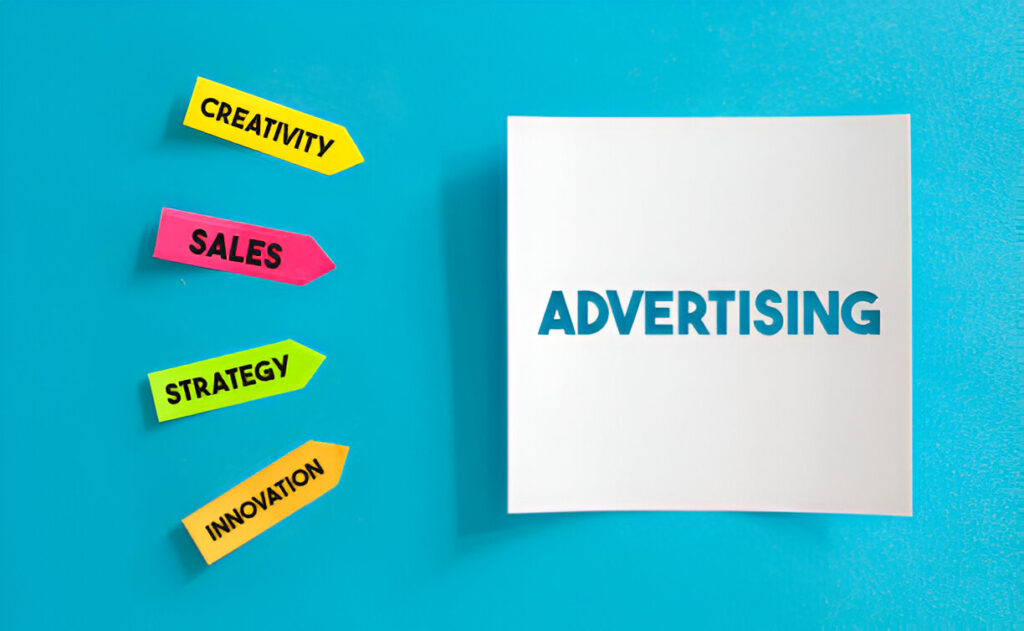Digital marketers must go beyond basic ads to stand out in a competitive environment. Creativity involves delivering the right message at the right time, using innovative techniques and data insights to improve campaigns. Combining creativity with measurable, tech-driven strategies helps brands stand out and meet business goals. Engagement today requires a flexible approach with interactive, creative elements. To boost click-through and conversion rates, campaigns should be tailored to audience behavior and platform preferences, aligned with business objectives, and involve trend analysis, new ad tech, and creative testing. Keeping strategies dynamic enhances brand visibility, builds stronger connections, and makes ads more memorable.
Display advertising continually evolves to meet the changing behaviors and preferences of digital audiences. With each year, new trends and technologies redefine what is possible for marketers looking to connect with highly targeted consumers through engaging campaigns. To achieve more meaningful engagement, marketers are focusing on strategies that combine creativity, technology, and data. One of the most effective ways to reach today’s consumers is through the use of programmatic ads, which allow for targeted and scalable ad placements that maximize both visibility and ROI. By using advanced algorithms, brands can automatically serve tailored messages that resonate with individual audience segments across a variety of channels, making every impression count and ensuring efficient spending of ad budgets.
Utilizing High-Quality Imagery
First impressions count, particularly in the fast-paced digital world where a user can scroll past your ad in under a second. High-quality, visually arresting images are the first step to ensuring your display ads gain the attention and interest of your audience. They signal professionalism and increase your brand’s credibility, making viewers more likely to engage with your content. Instead of relying on generic or overused stock photos, focus on visuals that are unique to your brand story and resonate directly with your target demographic. Crafting original imagery reinforces your branding and helps create consistent recognition across campaigns. Every image should be crisp and clear on all devices, reflecting both the tone and intent of your messaging, whether that tone is aspirational, playful, or highly informative. Research indicates that authentic, relevant images—such as those featuring real customers, employees, or scenarios—resonate more strongly and create a greater sense of trust and relatability. Strong visuals, thoughtfully chosen, are far more likely to leave lingering impressions that boost both recall and conversion rates.
Storytelling Through Visuals
Storytelling remains essential in advertising, even digitally where attention spans are short. Audiences want experiences that foster emotional connections with brands. Visual storytelling quickly and deeply builds these bonds through images, carousels, or short videos, immersing viewers with minimal effort. A well-crafted visual narrative allows audiences to see themselves in your content—whether as aspirational transformation, solutions, or value alignment. Showing authentic success stories or before-and-after images makes offers relatable. Every visual element, from imagery to animations, should reinforce your narrative, boosting brand affinity and encouraging repeat engagement.
Personalizing Ads Based on User Data
Personalization is now essential in digital marketing to stand out. Marketers should use all available data—like browsing, purchase history, and real-time signals—to create tailored ads. Dynamic creative optimization (DCO) tech helps deliver the most relevant ad versions to each user based on their attributes and preferences. This hyper-personalization boosts engagement, recognition, and conversions by offering individualized experiences. It also reduces wasted impressions and ad spend by targeting relevant audiences. Personalization can be simple, such as adjusting visuals or messages based on location, interests, or behavior, leading to higher engagement and conversions.
Integrating Social Media Elements
Integrating social media into your display advertising links your campaigns to your online community. Embedding social feeds, shoppable posts, or real-time reactions can turn static ads into interactive, engaging experiences. This boosts engagement, social proof, and encourages peer sharing, expanding your campaign’s reach. Social integration adds authenticity through user-generated content, making your brand more approachable and connected. Linking display ads to specific social campaigns creates a unified marketing narrative, reinforcing messaging and improving cross-channel measurement. This keeps your ads relevant and amplifies your message organically.
Implementing Interactive Features
Interactive ad formats like quizzes, polls, sliders, games, or clickable maps turn traditional ads into engaging experiences that invite action, making users active participants. These elements boost engagement time by giving users an active role, such as selecting destinations on a map to see deals or using product configurators. Interactivity adds personalization and novelty, making ads more memorable, which can lead to higher recall, brand affinity, click-throughs, and conversions.
Leveraging Data-Driven Approaches
Today’s marketers have unmatched data access, and using it wisely is crucial for maximizing ad spend. Data-driven strategies go beyond basic demographic targeting by reaching segments based on interests, context, purchase intent, and in-the-moment signals indicating readiness to engage. Granular targeting reduces waste, ensures relevance, and delivers measurable results. Real-time analytics optimize ad delivery, creatives, and budgets during campaigns. Attribution models and conversion tracking provide transparent performance insights, enabling continual improvement. Successful approaches focus spending on impactful areas, mitigate ad fraud, and facilitate ongoing measurement. Making data central ensures continuous learning, adaptation, and improved outcomes.
Ensuring Mobile-Friendly Ads
With most web traffic from mobile, optimizing display ads for mobile screens is essential. Ads must use responsive designs that adapt to screen sizes, orientations, and device features, ensuring clarity and engagement. This involves streamlining content, reducing heavy assets, and making navigation touch-friendly. Fast load times are crucial; thus, lowering file sizes and optimizing for various connection speeds is vital. Investing in UX audits or consulting experts can fix friction points, making mobile creatives as effective as desktop ones. Prioritizing mobile design expands your audience and increases conversions, especially for users who browse and shop on handheld devices.
Crafting Compelling Calls-to-Action
An effective call-to-action (CTA) connects user engagement with business results. Marketers should craft messaging beyond generic CTAs like “Learn More” or “Buy Now,” making it distinctive and relevant. A good CTA clearly shows the next step’s value, reduces hesitation, and simplifies the path to conversion. Use action words and highlight benefits like exclusive offers or limited-time discounts. Reinforcing your brand’s value within the CTA adds persuasion and urgency. Visual cues—like contrasting colors or animated buttons—can boost attention and clicks. By combining data-driven, creative strategies with innovative design, marketers can improve ad campaign effectiveness. Personalization, interactivity, and targeting keep your brand relevant and memorable. As audiences and digital landscapes evolve, ongoing learning and adaptation will help leverage new technologies and trends for greater impact.
Conclusion
Mastering display advertising in today’s competitive digital landscape requires more than attention-grabbing visuals—it demands a holistic approach that blends creativity, technology, and strategy. From high-quality imagery and authentic storytelling to personalization powered by user data, each element captures attention and drives meaningful engagement. Social media integration and interactive formats further transform ads into experiences, fostering stronger audience connections. Meanwhile, mobile optimization, data-driven insights, and compelling calls-to-action ensure campaigns remain relevant, measurable, and conversion-focused. By continually adapting to evolving trends and leveraging innovative tools, brands can create display ads that resonate and deliver lasting business impact.



